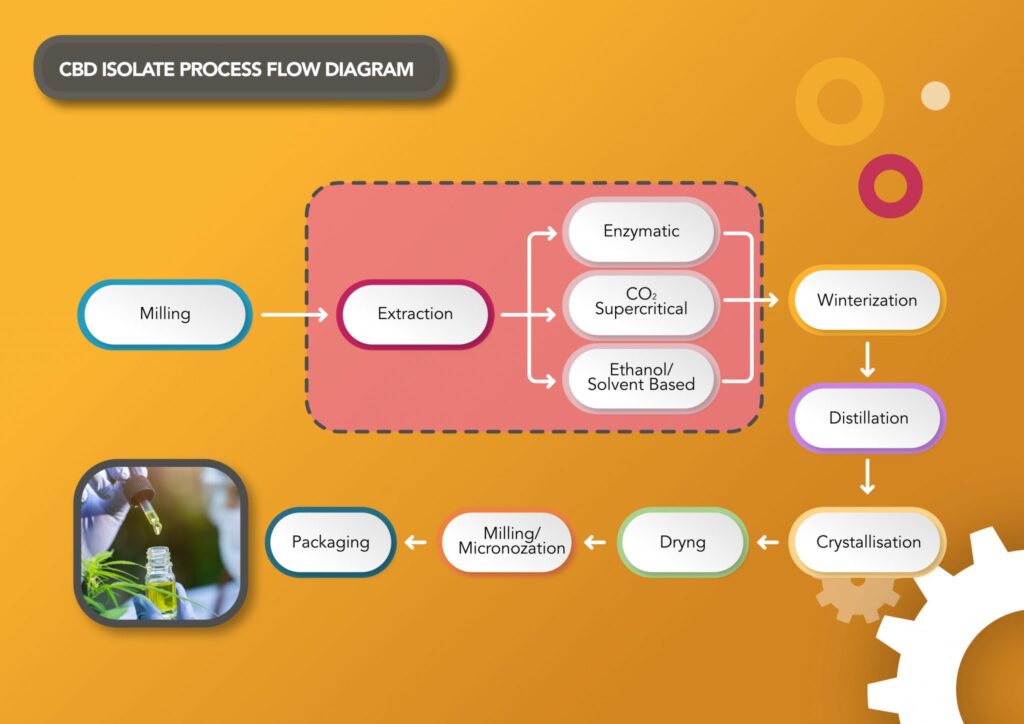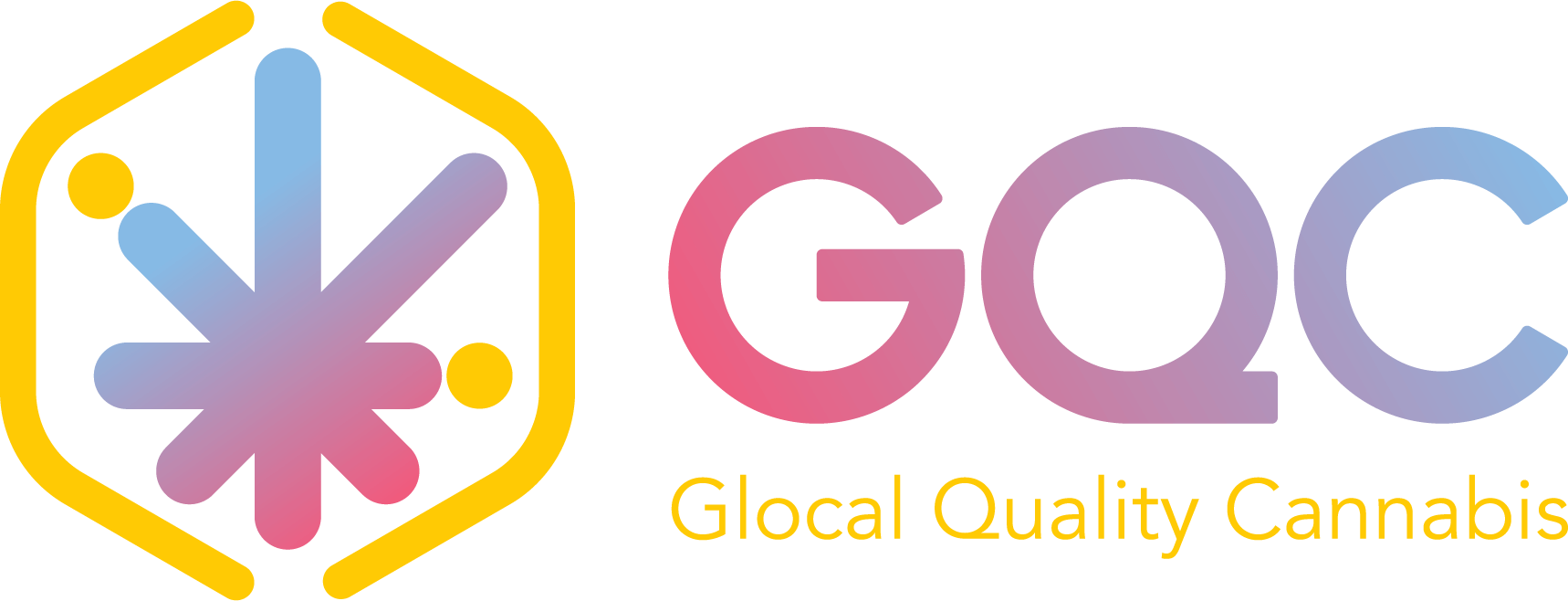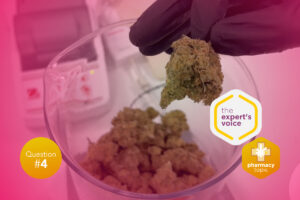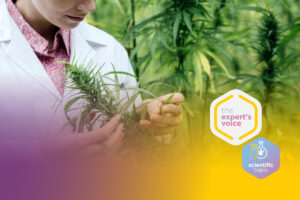In the fast growing market of cannabis products one of the most important challenge is translating the business needs of a group of stakeholders not always familiar with GMP/GACP principles and with pharmaceutical engineering standards, into clear, specified and measurable design input to be used for the execution of a successful conceptual design.
In the fast growing market of cannabis products one of the most important challenge is translating the business needs of a group of stakeholders not always familiar with GMP/GACP principles and with pharmaceutical engineering standards, into clear, specified and measurable design input to be used for the execution of a successful conceptual design.
A conceptual design for a cannabis manufacturing plant will be executed considered the design phases reported in the slide below.

Main characteristics of a greenhouse
The thermo-hygrometric conditions are fundamental for the proliferation of plants. When designing the type of installation/construction with an environment under controlled thermo-hygrometric conditions, the following factors must be considered:
- The planimetric shape is strongly linked to the thermo-hygrometric conditions, the number of plants, water system, lamps and HVAC
- Appropriate materials and joints must be chosen in order to avoid any damage to the plants as some materials can be toxic
- Type of thermo-hygrometric monitoring equipment used and its’ adequacy and quantity with respect to the risk level of plant storage
- The setting and monitoring equipment should be placed in locations with the greatest temperature variability. The points are determined through a thermal mapping study. These points must include spots with highest and lowest value of the entire system
- Monitoring equipment must be calibrated periodically and certified to function properly. Equipment certification must be traceable at a national standard
- A proper design must meet the maintenance requirement for the system such as the time required for its execution during the production downtime
- An alert/alarm system must be put in place for critical systems to ensure the best thermo-hygrometric conditions to the plants
- An adequate fertigation system, capable of managing recipes with different time and quantity values
- A lighting system and periodic light mapping
- A backup of critical plants
Design Input Definition
During this phase the engineering team has to translate into design input all the business needs of the customer respecting the constraints of the regulatory framework. Depending on what type of product the customer wants to manufacture, and in which quantity, the engineering team is responsible for identifying scientific and sound instruments for managing cost, risks, time and quality of the final result leading from drivers to the deliverables. In the plant User Requirement Specification through stakeholders interviews and brainstorming will be collected all the main design inputs for available spaces, regulatory constraints, production capacity, manufacturing process flow, extraction technologies, material handling, preliminary equipment list, utilities and automation.
Design Input Definition
During this phase the engineering team will:
- Identify the minimum Surface needed to run each process step;
- Check if the Surface of the available spaces for construction are meeting the above mentioned minimum surface;
- Develop the space allocation in the available area for construction;
- Create a block layout without construction details to be presented to the customer as preliminary approval;
Preliminary Design
As soon as the block layout will be approved by the customer, the engineering team will proceed to create the first version of the layout (differential, pressure, materials, waste and personnel flows, classification). A Principal Consultant expert in GACP and GMP will independently review the project according to a predefined checklist based on the regulatory constraints of the targeted market. As soon as the regulatory review of the project will be executed all the deliverables will be created in the first version. According to these list of deliverables will be created the cost estimate of the Project double checking with the historical parametric values per square meters of PQE Group’s database.
Below is reported a typical deliverables list for the conceptual design of a cannabis manufacturing plant:
- Plant User Requirement specification
- Plant Layout
- Differential pressure layout
- Material – Waste – Personnel flow
- Classification according to ISO 14644 requirements layout
- Material Handling Concept
- P&ID for Water systems
- P&ID for Compressed Air system
- P&ID for HVAC system
- Cost estimate with accuracy of +/-30%
- Plant 3D Modelling
- Other deliverables depending on specific project
PQE Group’s team will issue all the deliverables in the final version after receiving comments/integrations from the customer.
On the basis of the conceptual design will be then developed the basic and detail design.
The selection of the extraction technology is paramount important in the design of a plant for both CBD oil manufacturing, THC manufacturing, CBD Isolate or CBD full spectrum. There are several technologies that allow to extract CBD from the biomass:
- CO2 Supercritical extraction
- Solvent based extraction
- Enzyme based extraction
- Other technologies
Each technology has its specific mechanism which impacts the final product specification and the design features of the facility in terms of ATEX, HVAC, Waste treatment and utilities requirements. Also the way the extraction system is fed by biomass has a big impact on plant design. Biomass can be simply milled or also lyophilized in order to facilitate the extraction process. The goal of the engineering team has to define, based on production capacity data, budget constraints and GMP constraints, the most suitable extraction process. In the slide reported below is sketched the process flow diagram for a CBD Isolate manufacturing plant.






